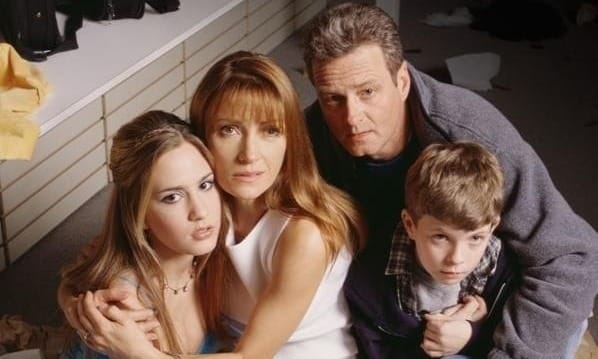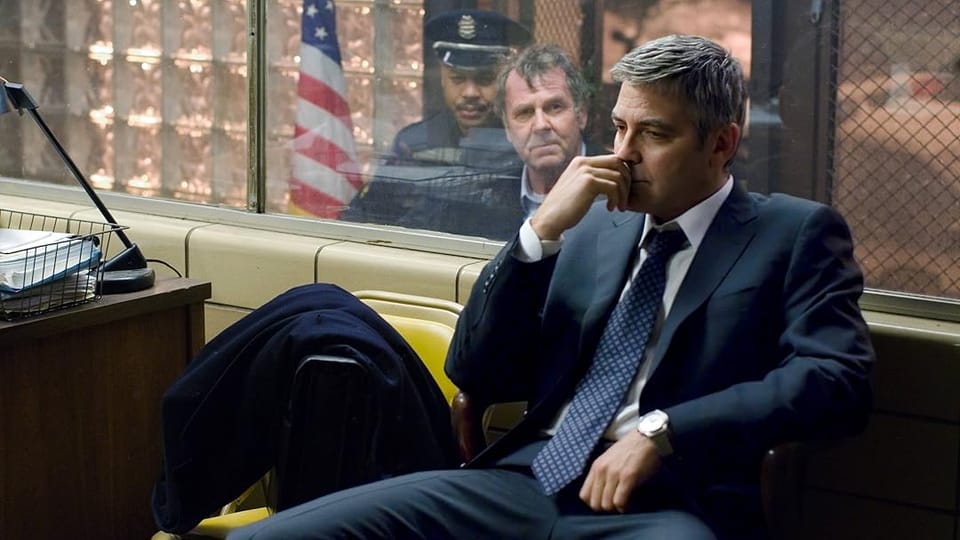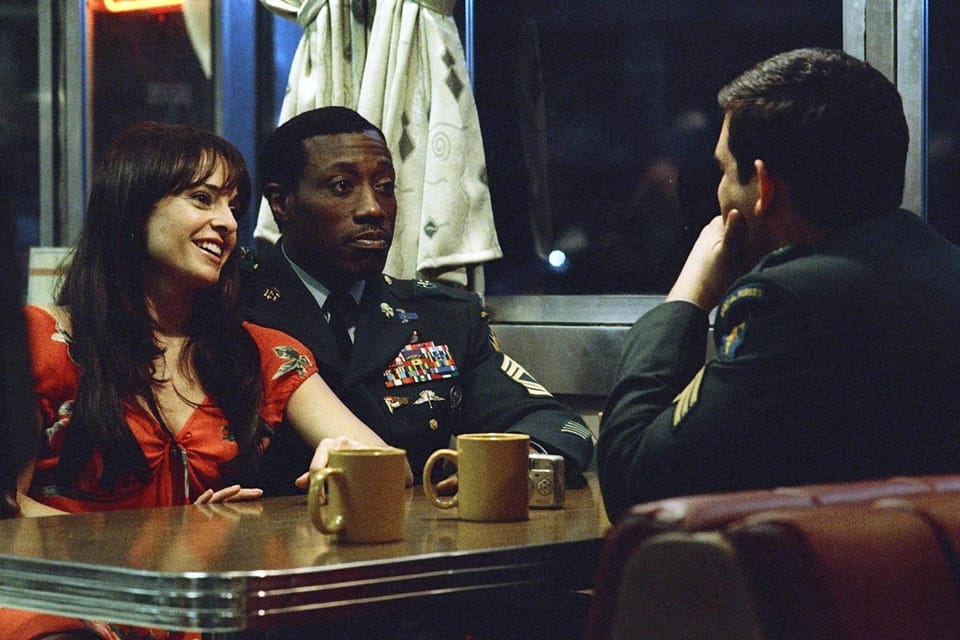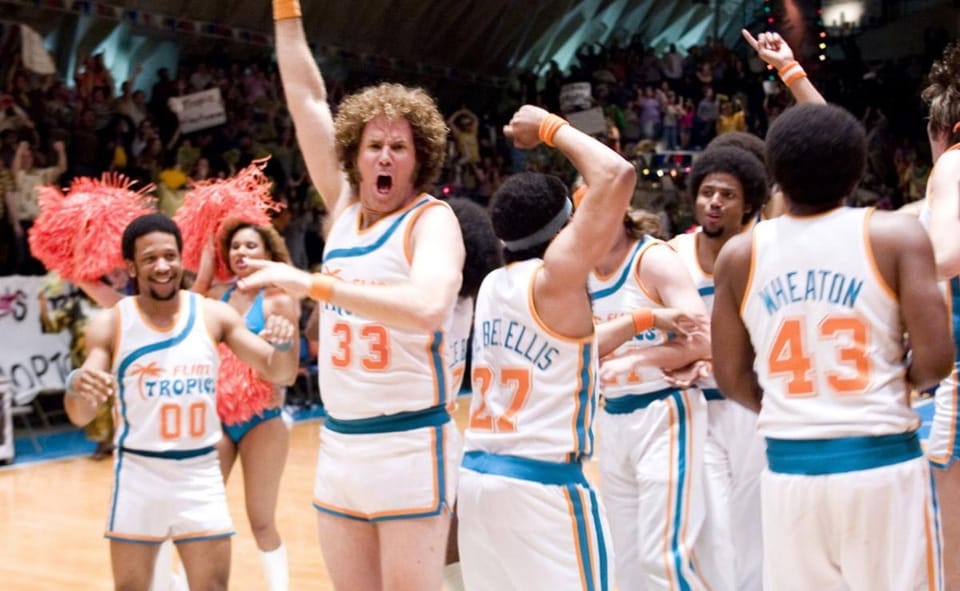The three deadly sins of the pre-outline phase.
Early on, I managed to overcome my self-sabotage with resilience and some wildly good luck. But when the luck ran out, the resilience started to look a lot more like stubbornness.
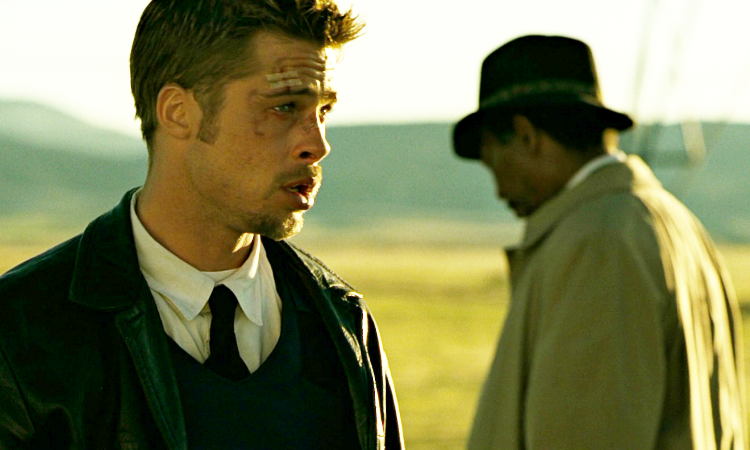
The Story and Plot Weekly Email is published every Tuesday morning. Don't miss another one.
This week, I want to dive back into the mental battle of screenwriting, particularly the mental space before we start outlining our story.
I lost most of my mental battles in my early career.
Early on, I managed to overcome most of my self-sabotage with resilience and some wildly good luck.
But when the luck ran out, the resilience started to look a lot more like stubbornness.
I see writers repeat many of my early mistakes, and because people are different, they invent new ways to get in their own way, too!
But no matter how you do it, the mistakes of the pre-outline phase usually come down to two bad outcomes:
- We start writing too quickly.
- We freeze ourselves in indecision.
We move too fast, or we move too slow.
The Goldilocks theory of criticism is easy to say, of course, “Don’t do too much of this, or too much of that. Make sure it’s just right.”
So the best way to move beyond that is to focus on root causes and how to avoid them.
I have found three that I jokingly (somewhat) call:
The three deadly sins of the pre-outline phase.
- Impatience (I want to get to the fun stuff!)
- Laziness (It’s easier just to write it!)
- Insecurity (What if this is the wrong choice?)
Impatience and laziness are sometimes hard to tell apart.
The result is the same, after all. We skip making any real decisions and instead jump into writing scenes where stuff happens.
They may even be good scenes! That can often make it more seductive.
But it’s not storytelling.
Don’t get me wrong. I get it. I’ve done it.
I’ve been impatient and I've been lazy. That’s how I spent the bulk of my early career.
And I would convince myself that it was just part of my process.
“That’s how I write,” I told myself.
I would claim it was an artistic choice!
But the fact remains…
You are either telling the story, or you are trying to find the story.
And writing the screenplay is a long, arduous, creatively draining way to find the story that you should have been telling from the beginning.
You either end up looking back and seeing all the time and energy you wasted and feel deflated, or you try to pretend it’s all part of the story and force yourself to use what you’ve written anyway.
Sometimes both.
Yes, writing scenes is more fun.
This is, after all, why we do this.
But writing a scene when we know its purpose, we know the characters, and we know why the scene is compelling to watch to begin with, is the most fun.
In both scenarios, we are exploring and we are discovering.
But when you begin knowing the scene is already worthy, discovery is liberating rather than a necessity.
The third sin, insecurity, is perhaps even more insidious.
It leaves you unable to make decisions. Without choices, there is no movement forward, no growth.
As many have said, a poorly written screenplay is better than one that was never started.
With some strong caveats, I think this is usually true.
The confidence to make decisions is one of your most vital traits.
There is a reason it’s one of three pillars in my teaching.
You have to decide what story you’re telling.
Half-measures avail you nothing here.
This is a story about a [person like this] who goes through these events and becomes [this kind of person].
Perhaps it's a story about someone who remains true to their beliefs. In that case:
This is a story about a person who, against all odds, remains steadfast to [core belief] and ultimately changes those around them.
Either way, be decisive. Do not hedge your bets.
Do not complicate things in an attempt to hide that you haven’t really made a decision at all.
That lack of decisiveness will haunt you because each subsequent decision depends on it. That initial indecision forfeits one of your greatest assets: the true north of what story you are telling.
The best running backs are patient and decisive.
In football, the best running backs are not always the fastest or the most agile. Those traits help, of course. But the decision-making is the most crucial.
This is true in real life, and it’s true in Madden video games. You can see it with kids (and when I say kids, I mean me) who hand off the ball and immediately hit the speed button.
They just run into a wall of digital humanity with no gain.
Better to wait for a hole to develop.
But you have to hit that first hole. If you wait, thinking a better, bigger hole in the line will develop, you get hit in the backfield for a loss.
One cut and GO.
This is true for our writing as well.
Stop putting so much pressure on this next project.
It is not your last script. No matter what you tell yourself.
Trust me, I have been there.
I remember trying to write screenplays in 2005 and 2011 and thinking, “Everything rides on this. I need to knock this one out of the park, or it’s all over.”
The first one I wrote was too rushed and desperate, and it felt like it.
The second one was so difficult to advance that I created entirely new processes so I would never have to endure that pain again!
In both cases, my career later thrived despite falling on my face with those projects.
The right story is the story you decide to write.
Know what the story is, and tell it to the best of your abilities. Define the dramatic question. Know why the story is compelling and worth watching.
Decide.
And then hit the hole in the line. Hard.
The Story and Plot Weekly Email is published every Tuesday morning. Don't miss another one.
When you're ready, these are ways I can help you:
WORK WITH ME 1:1
1-on-1 Coaching | Screenplay Consultation
TAKE A COURSE
Mastering Structure | Idea To Outline

